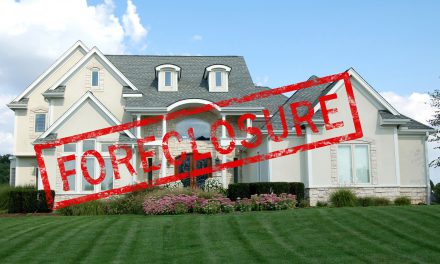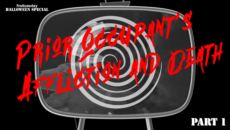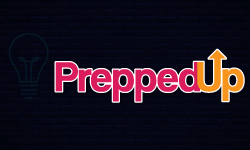Do you think banks forgiving the second lien mortgage debt of some homeowners will help these homeowners stay in their homes?
- Yes. (64%, 154 Votes)
- No. (36%, 88 Votes)
Total Voters: 242
Related article:
The program is available by “invitation only.” Invitees are restricted to homeowners who:
- have second mortgage loans held or serviced by BofA; and
- are currently in default on their first or second mortgage.
Homeowners who receive a letter will automatically be enrolled in the program unless they choose to opt out within 30 days. There will be no effect to the homeowner’s credit rating, as BofA will report the account as “paid as agreed.”
Everyone wins. Right?
Nope. Roughly 12,000 of these homeowners have already discharged their second lien debt through bankruptcy. But this hasn’t stopped BofA (and JPMorgan Chase) from “re-forgiving” the debt to allow the previously wiped-out debt to meet their national settlement quotas. This leaves homeowners vulnerable to tax scuffles with the Internal Revenue Service (IRS) over whether the amount “forgiven” by the bank is taxable income.
BofA defends its actions by claiming the lien still exists, even if the debt has been discharged through bankruptcy. Releasing the lien provides homeowners with the benefit of a hassle-free homesale, down the road.
first tuesday insight
It has begun – banks are spinning the national settlement to their advantage. BofA, our cup runneth over, but it stinks of vinegar. Clarification is in order. Shall we?
For homeowners who have been through bankruptcy, BofA is not providing a special service. The banks must release liens when a debt secured by a home is satisfied. In California, the trust deed must be re-conveyed within 30 days of the satisfaction of the debt. If they have not been released, homeowners can contact a title insurance company to dispute the lien. [Calif. Civil Code §2941]
For most homeowners who accept the second lien forgiveness, the possibility of being taxed on the “gain” is often a non-issue. Through December 31, 2012, canceled debt is excluded from income tax due to the federal Mortgage Forgiveness Debt Relief Act. The Act applies to loans used to buy, build or improve a homeowner’s principal residence. Therefore, if the forgiven second lien is both secured by a principal residence and used to buy, build or improve the same residence, then the debt is not taxable as income. [IRS Publication 4681]
To avoid being taxed on the forgiven debt, homeowners must report the income on IRS Form 982. It is always helpful to seek the advice of a tax professional.
Related article:
Tax avoidance for discounted shortpays set to expire – are Californians in trouble?
However, homeowners who took out second lien mortgage loans to finance a non-housing related purchase must either opt out of the debt forgiveness or face the tax consequences.
Re: How to Erase a Debt That Isn’t There from the New York Times and BofA to Forgive 150 Second Liens from Mortgageloan.com




















I have a client who received the forgiveness letter. They had not paid their mortgage in 4 years (they filed a BK but the first had it released). We are short selling the home, BofA was not going to get more than 8500 anyway but it did speed up the approval letter on the short sale from BofA which has taken almost a year to get. When I called BofA and asked how long the reconveyance would take on the full forgiveness they told me 90 days form the date of the letter so we went with the short sale instead. Interesting to know it shoudl be 30 days.
“This leaves homeowners vulnerable to tax scuffles with the Internal Revenue Service (IRS) over whether the amount “forgiven” by the bank is taxable income.” This is clearly covered under existing regulations – the “forgiven” debt was previously discharged in bankruptcy. There is no notional income. Period. The taxpayer will need to file a Form 982 to balance out any 1099C the bank issues, but I don’t see this as a “scuffle,” just a simple CYA when filing the taxes. By this time, the IRS is conversant with banks screwing up paperwork.
FWIW, I disagree with First Tuesday’s take on the following, “The banks must release liens when a debt secured by a home is satisfied. In California, the trust deed must be re-conveyed within 30 days of the satisfaction of the debt..” This statement is untrue. Despite a debt (note) being discharged in BK, the lien still remains. The lienor can subsequently foreclose that lien.
Although both BOA and Chase are extinguishing many of their 2nd liens because of self-serving interests (incentive payments from Treasury), the extinguishments also provide a real service to the debtors.